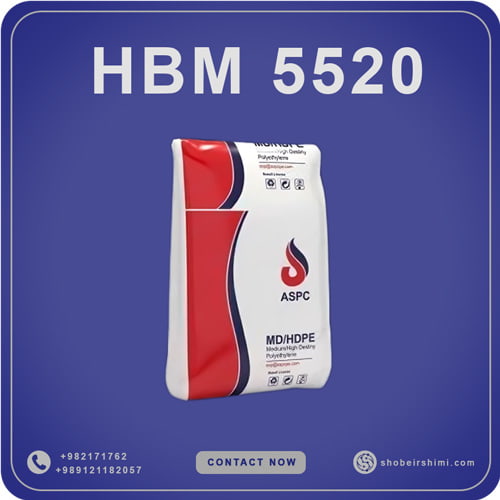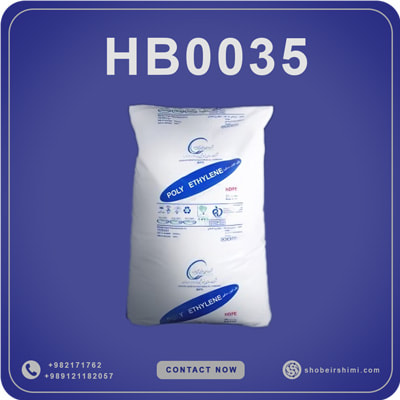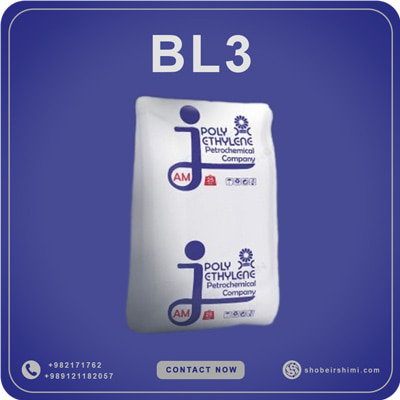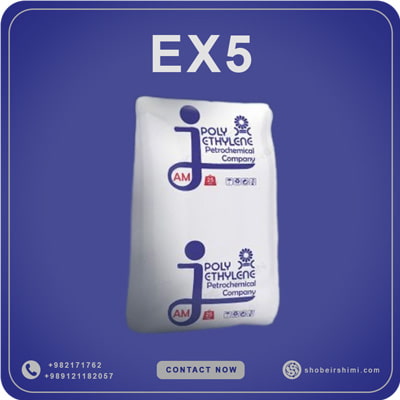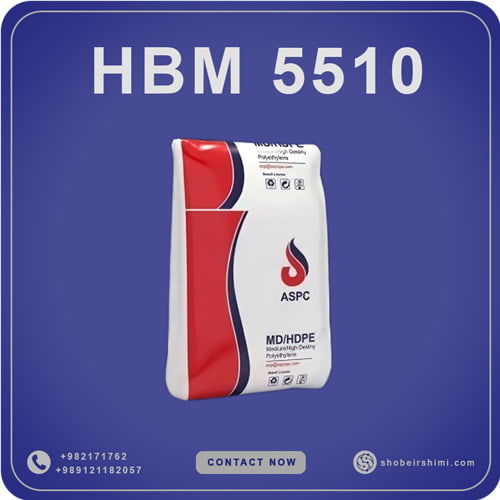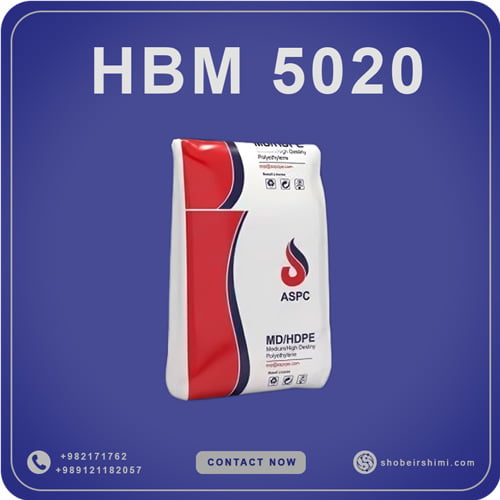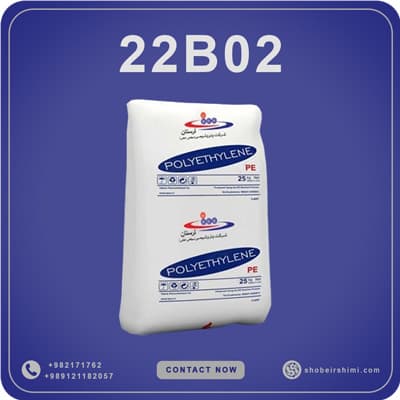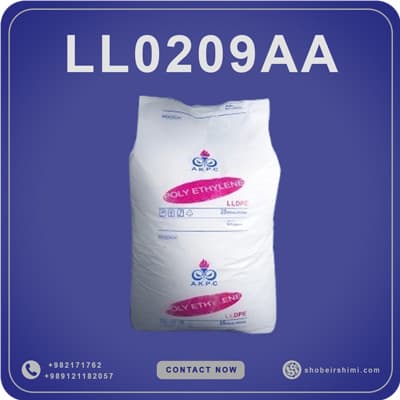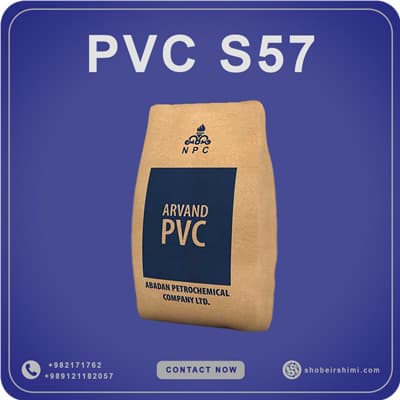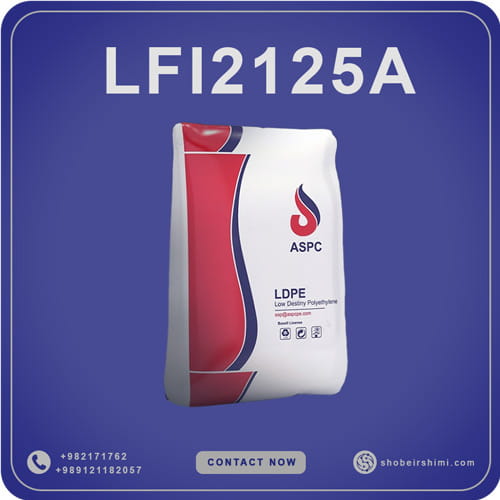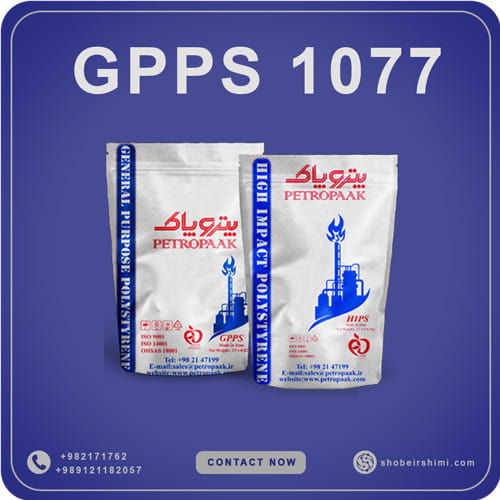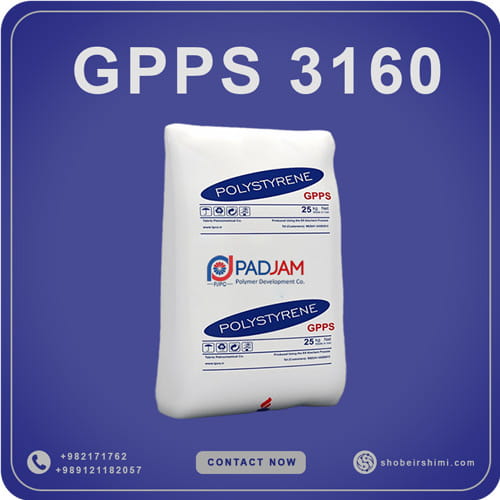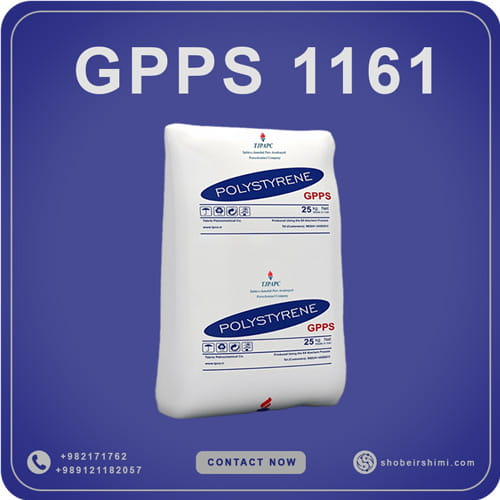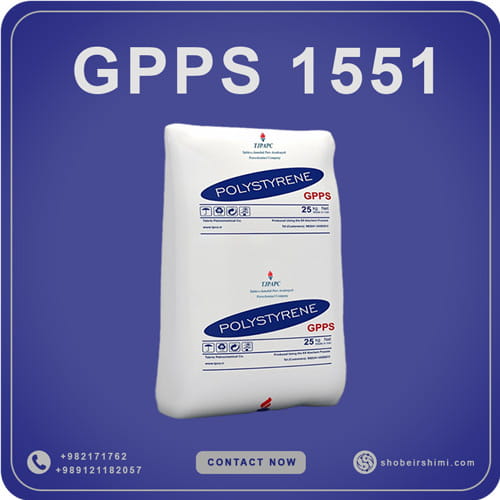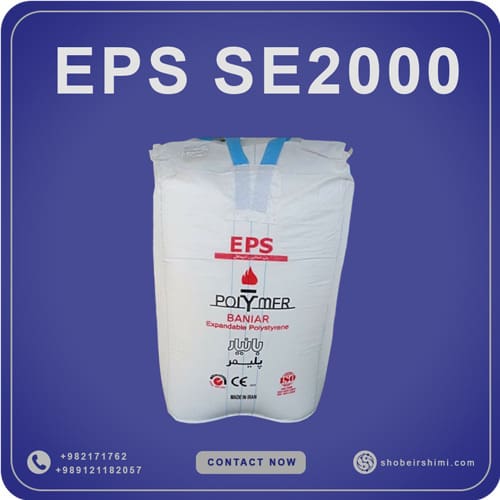Polymer Grades List
The polymer grades list is a vital resource in the plastics and polymer industry, providing a structured overview that aids manufacturers, suppliers, and engineers in selecting the most suitable polymer for specific applications. By categorizing polymers based on their material properties, processing methods, and applications, the polymer grades list streamlines the decision-making process, ensuring that industries can optimize product performance while meeting precise requirements. This organized approach simplifies the selection of polymers like polyethylene (PE), polypropylene (PP), and polystyrene (PS), based on factors such as mechanical strength, flexibility, and chemical resistance.
Furthermore, it supports better cost management, reduces waste, and ensures that products meet industry standards. For instance, when working with polyethylene, the polymer grades list helps differentiate between low-density polyethylene (LDPE) and high-density polyethylene (HDPE), each offering distinct benefits for different uses. With access to a comprehensive polymer material list, businesses can effectively plan procurement strategies, streamline production schedules, and enhance operational efficiency.
Importance of the polymer grades list in Industry
The polymer grades list plays a critical role in the global polymer market. It enables industries to make informed decisions about material selection, ensuring the right polymer is used for each application. Without a comprehensive polymer grades list, manufacturers may face increased costs, production delays, or even product failure. Why the polymer grades list matters:
- Guarantees product consistency and performance.
- Helps comply with international standards.
- Supports research and development (R&D) of new polymer-based products.
- Assists in evaluating raw material for polymer
In polymer petrochemical companies, the polymer grades list serves as a reference point for developing and marketing new polymer materials. It helps polymer suppliers and polymer traders communicate effectively about available grades and their specific uses. Additionally, companies like those in polymer Iran rely on this system to align with the international polymer market and stay competitive.
Types of Polymers in the polymer grades list
The polymer grades list typically includes a wide range of polymers, but polyethylene (PE) stands out as one of the most versatile. Within the polyethylene family, the polymer grades list highlights two main types: high-density polyethylene (HDPE) and low-density polyethylene (LDPE), each with distinct properties.
HDPE (High-Density Polyethylene):
- High strength-to-density ratio
- Excellent chemical resistance
- Used in pipes, containers, and industrial packaging
LDPE (Low-Density Polyethylene):
- Flexible and lightweight
- Good impact resistance
- Common in films, bags, and squeeze bottles
The polymer grades list for these materials, as seen on polymer suppliers platforms like Shobeir Shimi, allows customers to compare grades such as HDPE 5502, HDPE 7000F, and HDPE 7000F Injection. These grades differ in melt flow index, density, and tensile strength, helping industries choose the right one.
| Polymer Grade | Density (g/cm³) | Melt Flow Index
(g/10 min) |
Typical Application |
| HDPE 5502 | 0.954 | 0.35 | Blow molding, bottles |
| HDPE 7000F | 0.961 | 0.25 | Film extrusion |
| HDPE 7000F Inj | 0.961 | 20 | Injection molding |
Polymers for industry benefit from this classification, as it ensures materials are matched perfectly to the intended use, reducing waste and improving efficiency.
Applications of Polymer Grades in Different Industries
The polymer grades list provides crucial guidance for selecting materials across various industries. From packaging to construction, each sector relies on specific polymer grades to achieve desired product qualities. Main industrial applications:
- Packaging industry: HDPE grades are used for milk bottles, detergent containers, and industrial drums.
- Construction sector: HDPE pipes and geomembranes ensure durability and resistance to harsh environments.
- Automotive industry: High-performance HDPE is used for fuel tanks, bumpers, and interior components.
- Agriculture: LDPE films are used for greenhouse covers and irrigation pipes.
The polymer products list ensures that companies use the appropriate grade for each application. Moreover, in the global polymer market, industries depend on the polymer grades list to standardize product quality and meet customer expectations.
Role of Polymer Traders and Suppliers in Providing the Polymer grades list
The polymer grades list is not only vital for manufacturers but also for polymer traders and polymer suppliers who act as intermediaries between producers and end-users. These players ensure that industries have access to the right materials at the right time. Key responsibilities of polymer traders and suppliers:
- Maintain an up-to-date polymer material list to inform clients of available grades.
- Provide technical support and recommendations based on the polymer grades list.
- Source raw material for polymer production from global manufacturers.
- Facilitate logistics and supply chain management.
In polymer Iran, local suppliers play an essential role in distributing polyethylene grades across industries. By offering a detailed polymer grades list, they help businesses optimize production and reduce costs. Furthermore, staying updated with the global polymer market trends ensures that local industries remain competitive and aligned with international standards.
Importance of Raw Material for Polymer Production
The polymer grades list is directly linked to the quality of the raw material for polymer production. Raw materials such as ethylene, propylene, and various monomers are the building blocks for creating high-performance polymers. The quality and consistency of these raw materials significantly affect the properties and applications of the final polymer grades. Key raw materials for polymer production:
- Ethylene: The primary feedstock for polyethylene (PE), used to create HDPE and LDPE.
- Propylene: A key monomer for polypropylene (PP), used in a wide range of industrial applications.
- Styrene: Essential for producing polystyrene (PS), commonly used in packaging and consumer goods.
The polymer grades list helps identify which raw materials are best suited for creating different grades, ensuring that manufacturers select the appropriate inputs to meet product specifications. With the right materials, polymer suppliers can produce high-quality products that match industry standards, minimizing waste and maximizing efficiency.
Conclusion
The polymer grades list is an indispensable tool in the modern polymer industry, providing critical insights into the properties, applications, and suitability of various polymer materials. As the global polymer market continues to grow and evolve, the list will remain essential for ensuring that manufacturers, suppliers, and traders can make informed decisions about material selection. With the increasing focus on sustainability and the development of new materials such as bio-based polymers, the polymer grades list will need to adapt to include these innovations. As industries demand higher performance and more environmentally friendly solutions, the polymer grades list will play a central role in bridging the gap between evolving polymer technologies and practical applications, ensuring that the right materials are used for the right purposes while maintaining global standards and efficiency.


